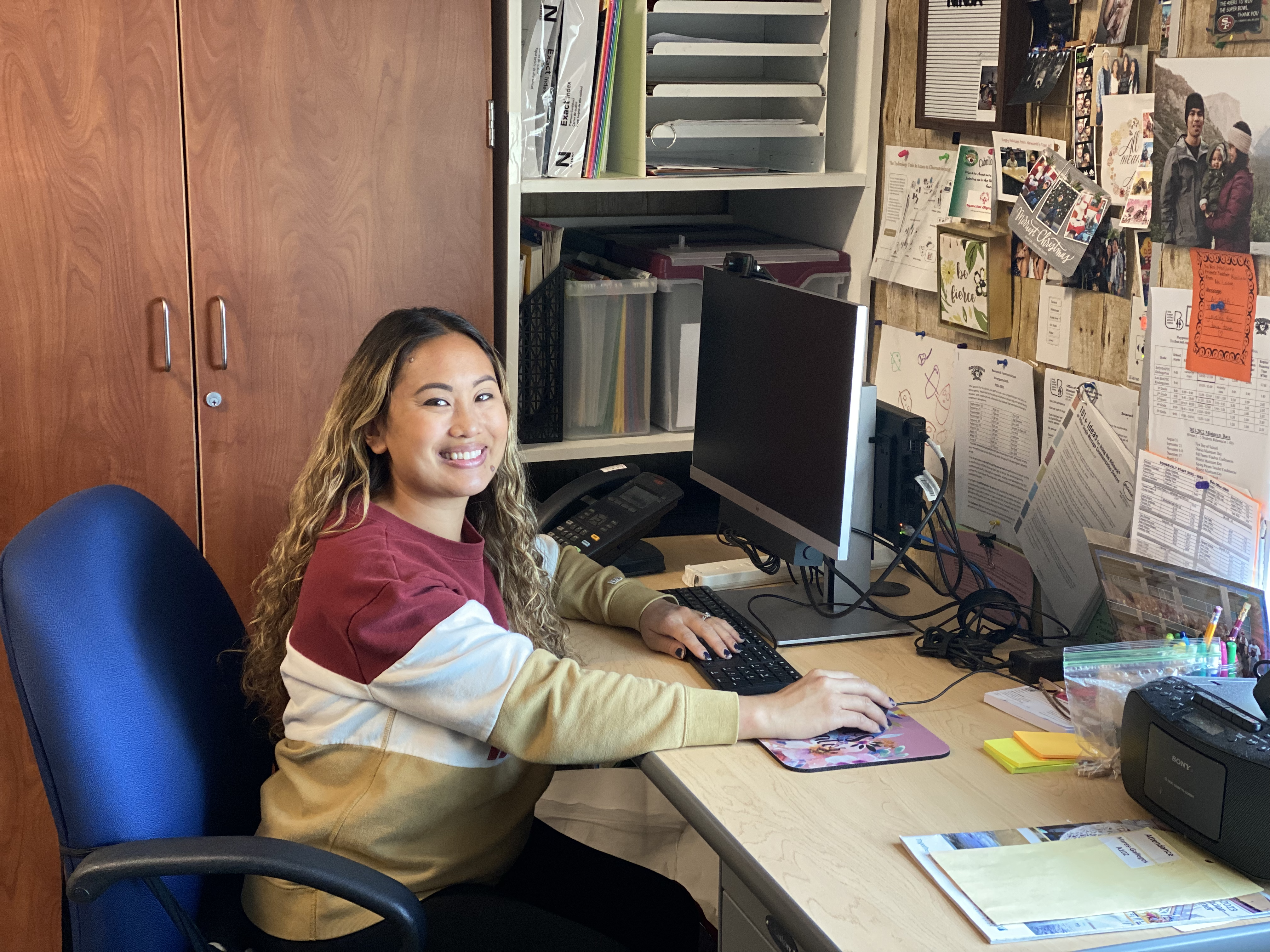What are Multiple Disabilities?
Multiple disabilities refer to the presence of two or more disabilities in an individual. The disabilities can be physical, sensory, intellectual, or developmental. Some examples of disabilities that may co-occur in an individual with multiple disabilities include:
- Intellectual disability and physical disability: This may include conditions such as cerebral palsy or spina bifida, which can cause mobility impairments, in addition to intellectual disability.
- Intellectual disability and sensory impairment: This may include individuals with deafblindness or individuals with intellectual disability and vision impairment or hearing impairment.
- Physical disability and sensory impairment: This may include individuals with mobility impairments and vision impairment or hearing impairment.
- Intellectual disability, physical disability, and sensory impairment: This may include individuals with multiple disabilities, such as cerebral palsy, intellectual disability, and vision impairment.
Students with severe multiple disabilities are usually under the supervision of an adult during the school day. They typically have disabilities ranging from severe physical limitations, global developmental delays, or emotional disturbances. Students stay in one classroom for the majority of the school day, and join other classrooms for electives, related services, lunch, and other inclusion opportunities.
Teaching Students with Multiple Disabilities
Teaching students with severe multiple disabilities requires a lot of heart, patience, and perseverance to try and try again. Every student regardless of ability deserves access to age appropriate education. Over the years I searched blogs, Pinterest, attended PD’s and even pursued my masters to find the best way to reach my students with moderate/severe disabilities. Here are my top tips for what works in my classroom:
Presume Competence
Presumed competence emphasizes that every student, even student’s with disabilities CAN learn. Trust that students
are learning. Learning may be communicated differently, but, that does not mean that learning is not taking place. Assume that
every student can benefit from age appropriate academic instruction, and design adaptations and modifications to support access to academics.
Build a Relationship with Families
Building strong collaborative relationships with families is a MUST. One of the benefits of virtual learning was the strong relationships I built with families. Suddenly I wasn’t the only teacher in their child’s life, and building trust and communication was essential to their child’s success. It is important to have open communication with families especially when students are unable to communicate effectively at home. Collaborating with families not only helped their child succeed in school, it also helped their child make progress at home. I saw strides in student’s motor skills, daily living skills, and communication skills once their families and I worked together to ensure the skills were being worked on in the classroom and at home. Building a strong relationship with families was the foundation to student success.
Use Data to Guide Instruction
“Without data, all we have is an opinion.”
There are various ways to collect data: observation, informal assessments, formal assessments, and student files. Once I collect data, I make adjustments to the way I teach to improve student engagement and participation. This may look like giving students errorless choice, offering students access to assistive technology for active participation, or giving students wait time. Data-driven instruction creates a classroom environment where students feel encouraged and supported to succeed.
Use Evidence Based Practices
Evidence-based practices are teaching strategies or methods that have been scientifically-proven effective. Students with disabilities benefit from this type of instruction in the classroom. Some examples of evidence based practices for special education include: task analysis, social stories, functional communication, Augmentative/Alternative communication (AAC), visual supports, and technology assisted instruction. Evidence based practices is not a one practice fits all. Using a variety of practices in your classroom can help support the needs of your students.
Final Note
If there’s anything you take away from this blog post, I hope it’s this: EVERY student
CAN learn. If a student can’t learn the way we teach, we must teach the way they learn. What are your tips for teaching students with severe multiple disabilities? Please leave a comment. I’d love to learn what works for your classroom!

